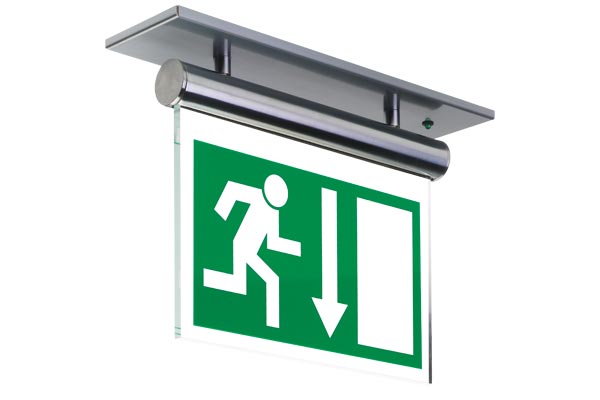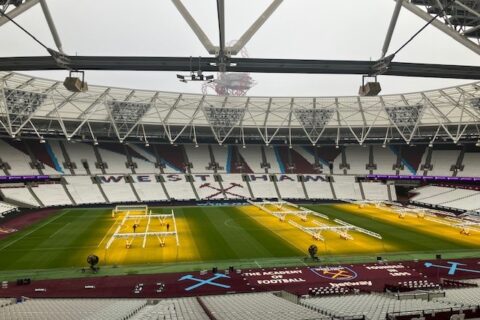School laboratories would be classified as “high risk” areas due to their being scientific equipment, bunsen burners, chemically filled beakers/volumetric flasks etc.
BS EN 1838:2013 4.4 states that
“high risk areas require high risk area lighting to which would require not less than 10% of the required maintained illuminance for that task and not less than 15 lux.”
The duration of emergency lighting is as long as the risks exists. High power self-contained LED luminaires or small Central Battery Systems should be considered when deciding what emergency lighting to use.
In workplaces, it is necessary for the employer to carry out a fire risk assessment in premises where five or more people are employed; a written record should be kept. The risk assessor should plan and make the basement by following five important steps:
- Identify potential fire hazards in the workplace, sources of ignition, fuels, work processes.
- Identify the location of people at significant risk in case of fire: who might be in danger (employees, visitors) and why?
- Evaluate the risks: are safety measure adequate or does more need to be done; fire detection, warning, means of fighting fire; means of escape, fire strategy training of employees, maintenance and testing of fire precautions? From this assessment of the risk an action plan should be produced to carry out any necessary improvements.
- Record findings and actions taken: prepare emergency plans, inform, instruct and train employees.
- Keep assessment under view: revisit it when a situation changes.
Emergency lighting is extremely applicable as it will need to be fit for purpose according to the risk assessment. The employer may appoint a person to carry out the assessment. This information should be provided during the consultation discussions between the users, the emergency lighting system competent persons in the roles of the designer and the installer.
Subjects that can be helpful for the emergency lighting design and should be clarified are:
- The number and types of people at risk particularly if any have disabilities.
- Any occupants with visual disabilities.
- Any activities that may be difficult to terminate or be hazardous in a supply failure.
All corridors, stairs and escape routes must be provided with emergency lighting. It is essential that routes and exit doors are kept clear and unobstructed so that they are fit for use at all times.












 SUSTAINABILITY
SUSTAINABILITY
 WARRANTY
WARRANTY
 WHY USE...
WHY USE...
 NEWS
NEWS







